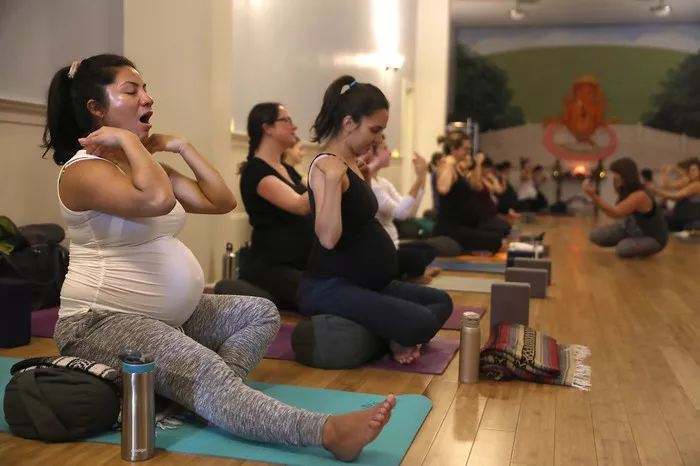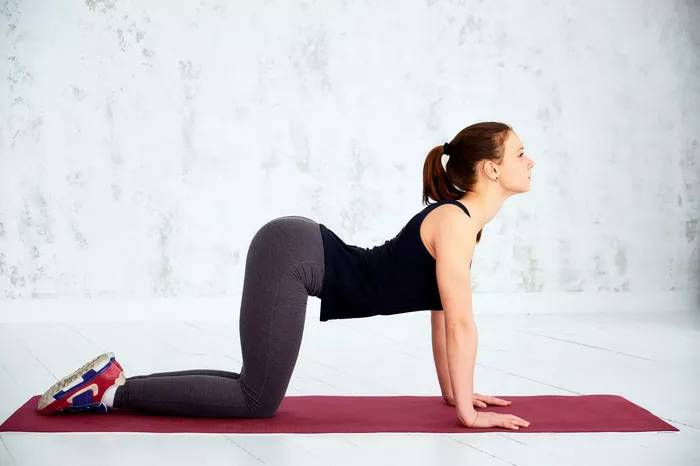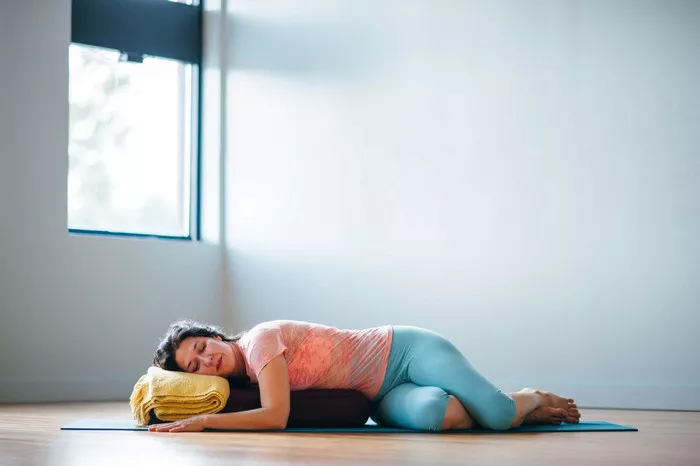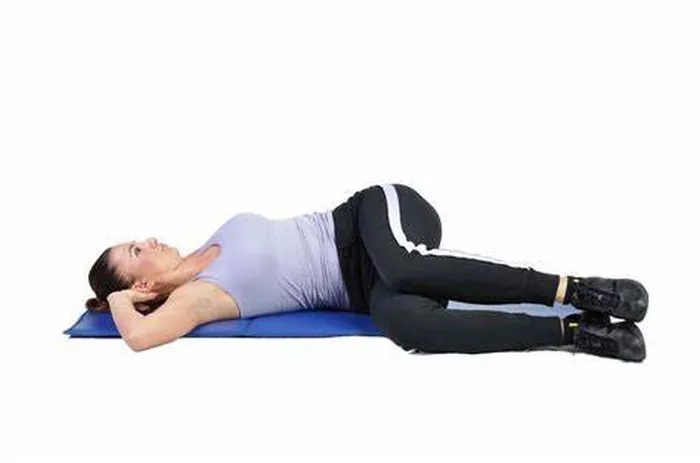In the global wellness movement, both pranayam and yoga have become widely practiced methods for achieving physical health, mental clarity, and spiritual growth. However, despite their popularity, many people still use the terms interchangeably, often misunderstanding their true meanings and distinct characteristics. While both originate from ancient Indian traditions, pranayam and yoga serve different purposes and follow different principles. This article aims to clarify these differences in a comprehensive and accessible manner.
1. Defining Yoga and Pranayam
What is Yoga?
Yoga is a broad, ancient practice that encompasses physical, mental, and spiritual disciplines. The word “yoga” comes from the Sanskrit root yuj, which means “to yoke” or “to unite,” referring to the union of body, mind, and spirit.
Yoga is not just a set of physical postures (asanas); it includes a wide array of techniques such as meditation, breathing exercises, ethical disciplines, and spiritual practices. It is a holistic path aimed at self-realization and inner peace.
Yoga is typically divided into eight limbs, as described in the Yoga Sutras of Patanjali:
- Yama – Moral restraints (e.g., non-violence, truth)
- Niyama – Observances (e.g., cleanliness, contentment)
- Asana – Physical postures
- Pranayam – Breath control
- Pratyahara – Withdrawal of senses
- Dharana – Concentration
- Dhyana – Meditation
- Samadhi – State of blissful absorption
What is Pranayam?
Pranayam, often spelled pranayama, is a specific limb of yoga and refers to the regulation of breath. The term is derived from two Sanskrit words: prana, meaning life force or vital energy, and ayama, meaning extension or control.
Pranayam techniques involve the conscious control of breathing through various exercises that influence the flow of prana in the body. It is used to improve respiratory efficiency, calm the nervous system, and support mental focus and emotional balance.
2. Origins and Philosophical Background
Yoga’s Historical Roots
Yoga has been practiced for thousands of years, with roots tracing back to ancient India. It is mentioned in several ancient texts, including the Rig Veda, the Upanishads, and the Bhagavad Gita. Over time, it evolved into several schools and styles, such as Hatha Yoga, Raja Yoga, Bhakti Yoga, and Karma Yoga.
The most comprehensive text that outlines the philosophical foundation of yoga is the Yoga Sutras of Patanjali, composed around 200 BCE. This text organizes the principles and practices of yoga into a cohesive framework that continues to influence modern yoga.
Pranayam in Classical Texts
Pranayam has also been mentioned in ancient scriptures such as the Hatha Yoga Pradipika, the Bhagavad Gita, and the Yoga Sutras. These texts describe pranayam as a means to purify the body and mind, preparing the practitioner for higher states of meditation and self-awareness.
In the Hatha Yoga Pradipika, pranayam is given great importance, often considered more crucial than physical postures for achieving spiritual progress. It emphasizes breath as the bridge between the physical and spiritual realms.
3. Core Differences Between Yoga and Pranayam
Although pranayam is a part of yoga, the two should not be confused as being synonymous. Here are the key differences:
1. Scope of Practice
- Yoga is a holistic discipline encompassing physical, mental, ethical, and spiritual practices.
- Pranayam focuses solely on breath control and energy regulation.
2. Techniques Involved
- Yoga includes asanas, meditation, ethical codes (yamas and niyamas), and spiritual contemplation.
- Pranayam consists of breathing techniques like Anulom Vilom, Bhastrika, Kapalabhati, and Bhramari.
3. Objective
- The goal of yoga is union with the higher self or consciousness.
- The aim of pranayam is to control the life force and prepare the mind for meditation and inner stillness.
4. Physical vs. Energetic Focus
- Yoga often emphasizes body alignment, flexibility, and posture.
- Pranayam focuses on manipulating energy (prana) through breath.
4. Benefits of Practicing Yoga
Yoga provides a wide spectrum of benefits that go beyond physical well-being. Some of the major benefits include:
- Improved flexibility and strength: Regular practice enhances muscle tone, joint mobility, and overall strength.
- Mental clarity and focus: Meditation and concentration techniques sharpen cognitive functions.
- Emotional balance: The practice reduces anxiety, depression, and mood swings.
- Spiritual growth: It fosters inner peace and a deeper connection with the self.
Yoga is often used therapeutically to manage chronic conditions such as arthritis, hypertension, insomnia, and even cardiovascular diseases. It is equally effective in reducing stress and enhancing overall quality of life.
5. Benefits of Practicing Pranayam
Pranayam, though narrower in scope, offers profound physiological and psychological advantages. These include:
- Better lung function: Strengthens respiratory muscles and increases lung capacity.
- Nervous system regulation: Calms the sympathetic nervous system and reduces stress hormones.
- Mental clarity: Enhances focus and prepares the mind for meditation.
- Detoxification: Some techniques promote the elimination of toxins through deep and controlled breathing.
Additionally, pranayam can help manage conditions such as asthma, bronchitis, and high blood pressure. When practiced correctly, it can bring about a noticeable sense of calm and mental stability.
6. When to Practice Yoga vs. Pranayam
Choosing between yoga and pranayam—or understanding when to practice each—depends on individual goals.
Practice Yoga When:
- You seek a comprehensive physical workout combined with mental relaxation.
- Your goal is holistic well-being, including physical, ethical, and spiritual growth.
- You want to build strength, flexibility, and stamina alongside mindfulness.
Practice Pranayam When:
- You are interested in breathwork and energy regulation.
- Your goal is mental clarity, stress reduction, or preparation for meditation.
- You are recovering from physical injury and want a low-impact practice.
For optimal results, most experts recommend practicing pranayam before meditation and after asanas during a full yoga session.
7. Misconceptions and Common Confusions
Many people mistakenly believe that practicing a few breathing exercises is equivalent to doing yoga. While pranayam is an integral part of yoga, it cannot replace the full range of practices that yoga offers.
Common misconceptions include:
- Thinking yoga is just about stretching or flexibility.
- Believing pranayam is merely deep breathing.
- Assuming either practice offers instant results.
In reality, both yoga and pranayam require consistency, proper guidance, and patience to experience their full benefits. They are time-tested disciplines, not quick fixes.
8. Scientific Evidence and Modern Research
Numerous scientific studies have validated the health benefits of both yoga and pranayam. Clinical trials show that regular yoga practice:
- Reduces cortisol levels, improving stress response.
- Lowers blood pressure and supports cardiovascular health.
- Enhances brain function, including memory and attention span.
Meanwhile, studies on pranayam have demonstrated its ability to:
- Improve heart rate variability, indicating better autonomic control.
- Reduce symptoms in people with anxiety and depression.
- Increase oxygen saturation and respiratory efficiency.
Medical institutions and wellness centers now increasingly incorporate both yoga and pranayam into their treatment programs, especially for chronic diseases and mental health support.
9. How to Get Started Safely
For beginners, it’s essential to approach both yoga and pranayam with proper guidance to avoid injuries or adverse effects.
Tips for Beginners:
- Consult a qualified instructor before starting.
- Learn gradually, beginning with basic postures and simple breathing techniques.
- Practice on an empty stomach and in a well-ventilated space.
- Be consistent: Benefits come with regular, sustained practice.
- Listen to your body: Never force a pose or breath beyond comfort.
Online platforms, books, and classes offer great resources, but nothing replaces personal instruction—especially in the beginning.
10. Complementary, Not Competing Practices
Rather than comparing yoga and pranayam as if one is superior, it’s more helpful to see them as complementary elements of a larger system of self-care and inner development. Practicing them together leads to:
- A more balanced and effective routine.
- Deeper meditation experiences due to clearer mental focus.
- Better energy regulation and physical health.
Many seasoned practitioners begin with light asanas to warm up the body, follow with pranayam to regulate energy, and conclude with meditation for inner peace. This structured sequence amplifies the benefits of each component.
Conclusion
Yoga and pranayam, though deeply connected, serve different functions and cater to different needs. Yoga offers a broad and transformative lifestyle approach encompassing body, mind, and spirit. Pranayam, as one of yoga’s most powerful tools, focuses specifically on the breath to influence physical health and mental clarity.
Understanding the distinctions between these two practices allows individuals to choose what best suits their goals, whether it’s reducing stress, enhancing fitness, or pursuing spiritual growth. Rather than viewing them in opposition, embracing both as part of a unified wellness journey can lead to profound personal transformation.
Related Topics:





















